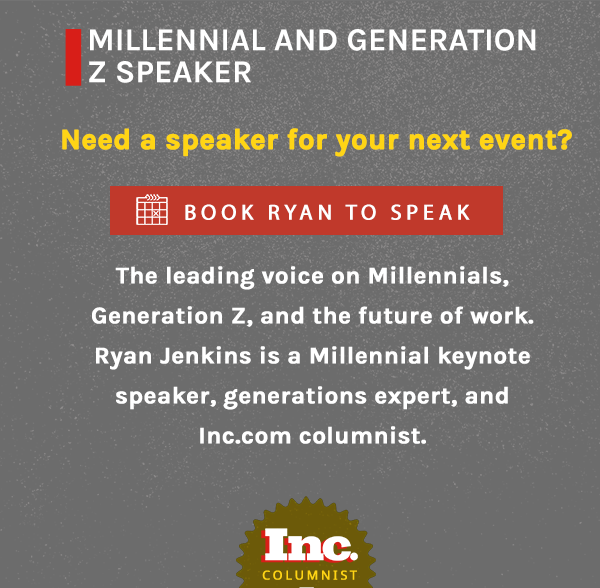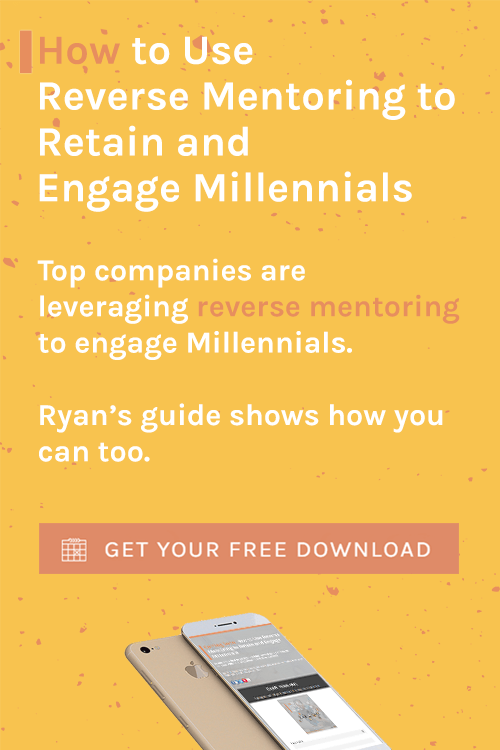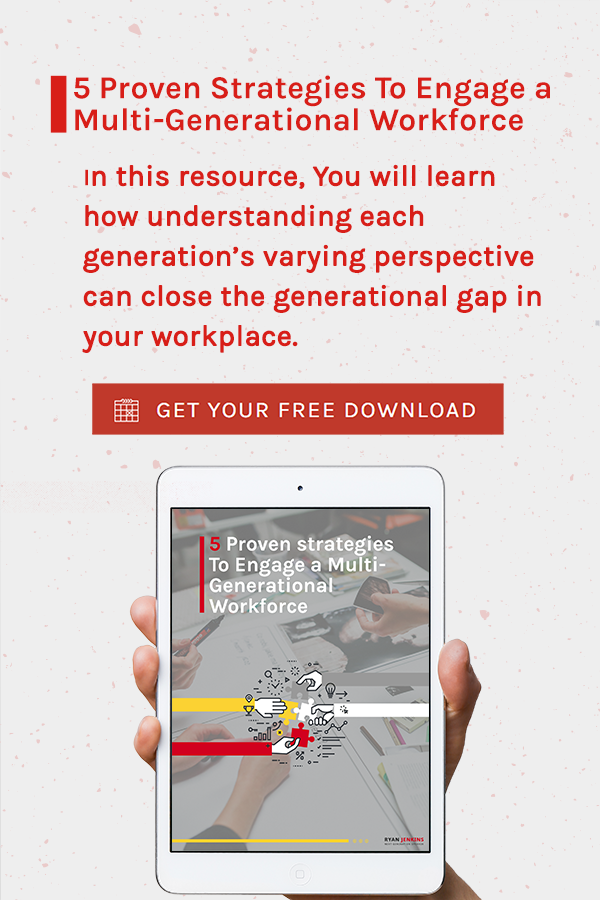I have the pleasure of speaking at the upcoming 2014 Youth Marketing Strategy conference in New York City on June 12th. I'm honored to be sharing the stage with thought leaders from the likes of MTV, Mashable, and Facebook/Instagram. In preparation for the conference, I was interviewed about marketing to Millennials. The questions were so rich and thought provoking, I had to share.
1. What brands have inspired you?
- From a company culture perspective, Zappos, Deloitte, Google, Square, and Rigor (Atlanta based tech start-up) inspire me.
- From a mobile marketing perspective, Jack In The Box, Airbnb, and Nike inspire me.
- From a brand entertainment perspective, Old Spice, Charmin, Dollar Shave Club, and the Skittles’ twitter account are always good for a chuckle and inspiration.
- From a personal perspective, I am inspired by the amazing personal brands of Michael Hyatt, Gary Vaynerchuk, Brendon Burchard, and Pat Flynn.
2. Tell us something many brands don't know or realize about youth marketing.
Three things come to mind. First, Millennials are influencing purchasing decisions to the tune of $500 billion a year. Millennials are actively trying to assimilate other generations into their culture like no other generation before them. Many times they are the “Household CTO” and the early adopters. Second, Millennials get Millennials. They are heavily influenced by their peers. Leverage the Millennials on your team to connect with the Millennials in your market. Third, Millennials seek brands that offer unique experiences. Adventurous, unexpected, and non-typical experiences resonate with the generation that has the world at their fingertips.
3. What is some of the best work you've seen in youth marketing?
Old Spice and Dollar Shave Club have done a phenomenal job speaking the universal language of Millennials: humor and digital. But one of the best accomplishments in recent youth marketing is the Nike SB App. Nike was able to produce an innovative and authentic enough tool that gained the attention of one of the most notoriously hard to reach demographics...skateboarders. The Nike SB App is a fully immersive, social, and gaming experience. In addition, for the launch Nike brought together 28 of the world’s best skaters for 24 hours to land 616 of the tricks highlighted in the app. The entire event was broadcasted live on YouTube and the 178,000 viewers tweeted the tricks they wanted their favorite skater to perform. 17,000 tweets were generated during the event resulting in 340,000 app downloads, 43,000 videos uploaded, and 8,500 games of S.K.A.T.E. played.
4. What is some of the worst (no names needed)?
The brands that lose do the following: Don’t entertain. Use un-engaging and unimaginative visuals. Are non-existent or one-sided on social networks. Don’t use a distinct voice. Lack micro-content. Neglect mobile experiences. Use ads with zero social engagement. Ignore social platforms that are approaching or have gained critical mass.
5. What changes have you observed in the last few years in terms of the youth audience and the brands that are trying to reach them?
Brands aren’t taking themselves so serious and it’s paying off. For example Charmin’s #tweetfromtheseat campaign that leverages some good ole potty humor (brilliant considering 40% of young adults admit to using social media in the bathroom). And Dodge's recent ads with Ron Burgundy hurling eggs at the car. Millennials put more value on brands 24/7 availability than any other generation. There is also a clear shift from “friendly” service to “fast” service. The “one for one” campaigns and social responsibility are growing trends with half of Millennials being more likely to buy a brand they know supports a cause. Lastly, Millennials have become extremely active consumers. 60% are engaged in rating products/services and in uploading videos, images and blog entries to the Web.
The challenge has remained the same: How do you connect with the youth to cultivate and foster brand affinity and loyalty. The approach and avenues in which we tackle that challenge will be what continues to change and evolve. Currently, I think the biggest challenge is the erosion of undivided attention. There has never been so much clamoring for our attention than in today’s digital age. Marketers have to result to relentlessly creating high-value and interesting micro-content on a daily basis to stand out and connect. Big challenge but big opportunity.
7. How can brands overcome them? What steps should they be taking?
Hire passionate Millennials (or someone with a pulse on what matters to Millennials) who can fluently speak the digital language. Someone who isn't afraid to quickly engage, be witty, quirky, and deliver for the customer. Then empower those employees to create high-value and creative content on a consistent basis. Spend time experimenting with new platforms or strategies and observing the results.
8. What developments in youth marketing do you envision this year?
- More native storytelling via short video on mobile devices. Brands must find their relevant voice on platforms like Vine and Instagram. Those that I see currently winning on Vine are Oreo who shows fun and creative ways to consume Oreos, Volkswagon utilizing stunning images, and Coca-Cola leveraging Vine legend Zach King to showcase the Coca-Cola Freestyle.
- More non-typical engagement experiences. For example, the new movie Bad Words recently held a spelling bee challenge via Instagram hosted by Jason Bateman.
- Major shifts from information to infotainment. Content that entertains sees engagement.
- Nostalgia will reign. As Millennials become older and enter new life stages, they will value and welcome throwbacks. 43% of Millennials prefer to shop the brands they grew up with. Here are some examples of media/entertainment capitalizing on nostalgia: http://www.ryan-jenkins.com/?p=1738
- Brands becoming more "human" (more one-to-one communication that is personable and authentic) as they find new ways to engage with customers across platforms and in more unique and intimate ways.
9. Do you agree that the current generation of 16-24s is more entrepreneurial than previous generations?
Absolutely. A recent study found that 54% of Millennials either want to start a business or have already started one. The barriers that discouraged previous generations’ entrepreneurial aspirations have all but crumbled for today’s entrepreneur.
Related Read: 5 Reasons Now Is The Best Time To Become An Entrepreneur.
10. Which speaker are you most looking forward to hearing from at YMS New York?
All the content looks epic! But I’m especially pumped to hear from Alison Hilhouse, VP Insights Innovation at MTV and their Millennial innovation research. They have done amazing research and application in this space. Also, since I’m a huge fan of Mashable, I’m excited to hear from their Chief Strategy Officer talking about digital trends for 2014 and 2015.
11. What will you be contributing to YMS? What should people expect from your session?
You can expect unparalleled passion, keen insights, and applicable content surrounding branding to the next generation. You’ll gain clearer context around the emerging generations, learn the 5 branding shifts needed to connect with the next generation consumer, and discover relevant next generation marketing truths. In words of @Skittles: It’ll be radder than a hedgehog on a hovercraft.
Want to join us at YMS 2014? Click here to book your tickets and use offer code RJ10 to potentially win a free ticket!
Question: What challenges do you face when marketing to Millennials?





